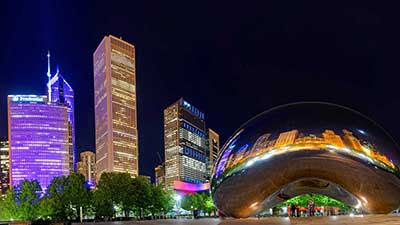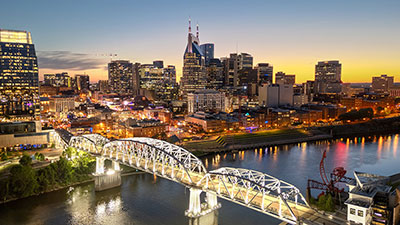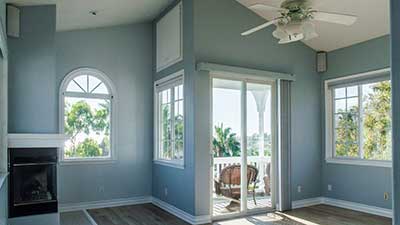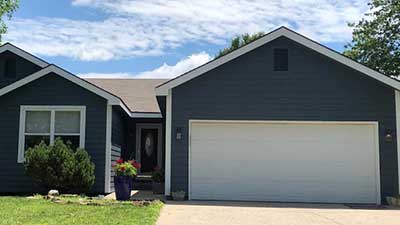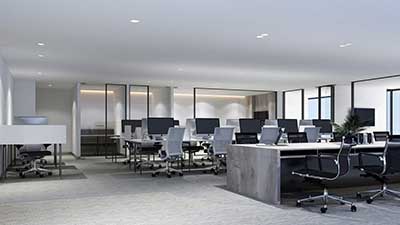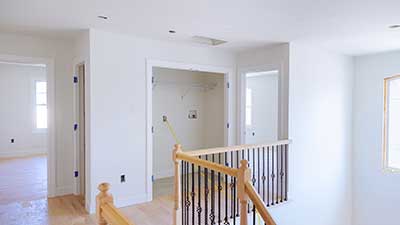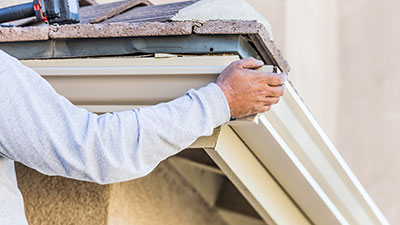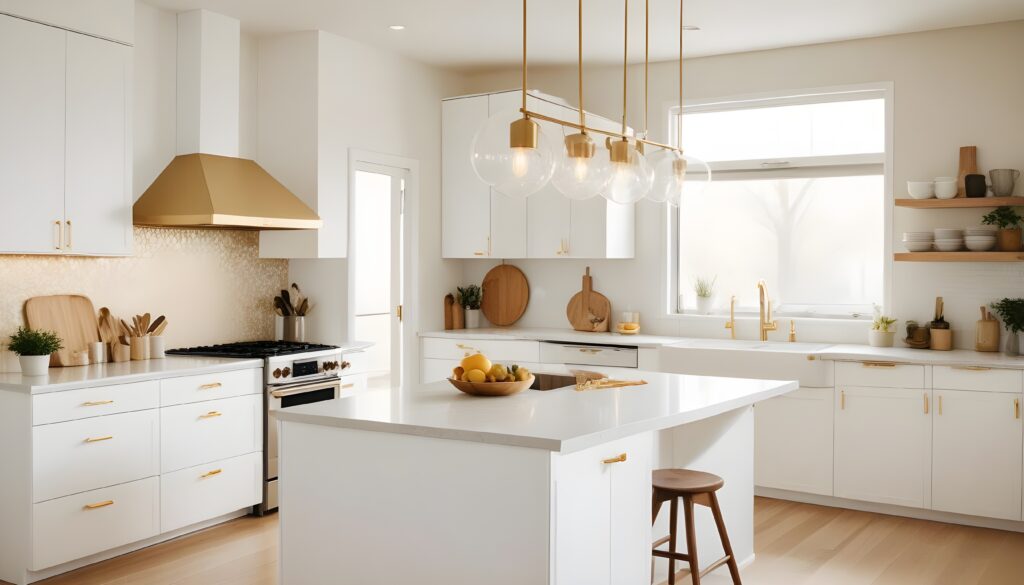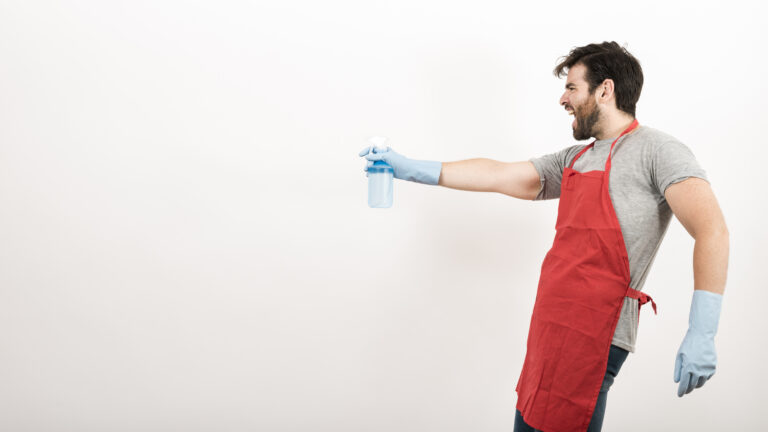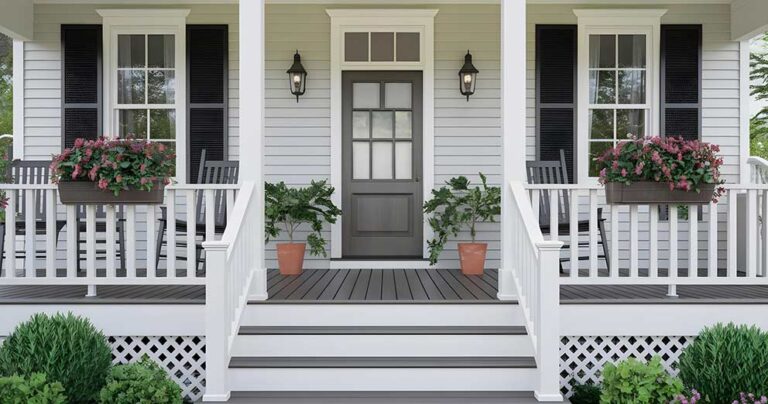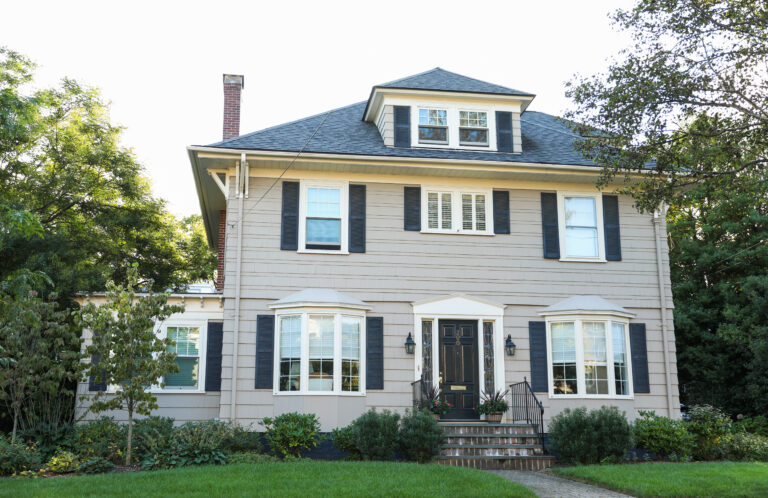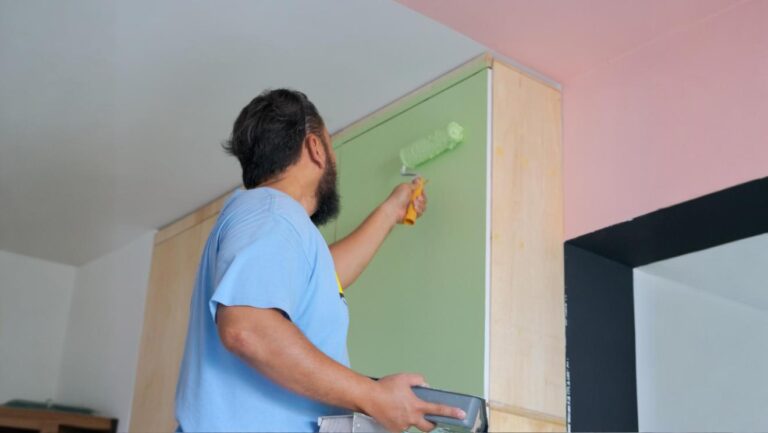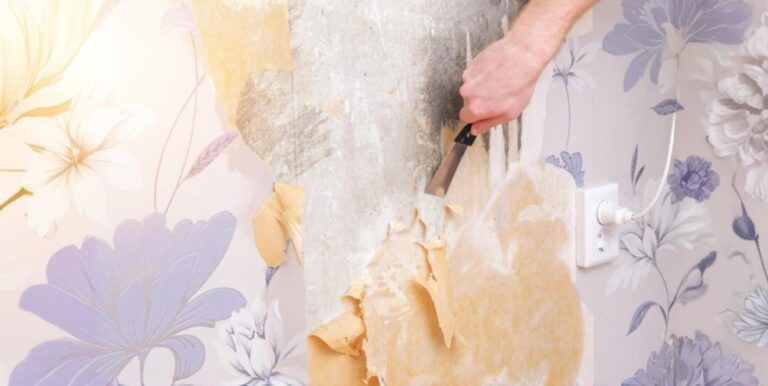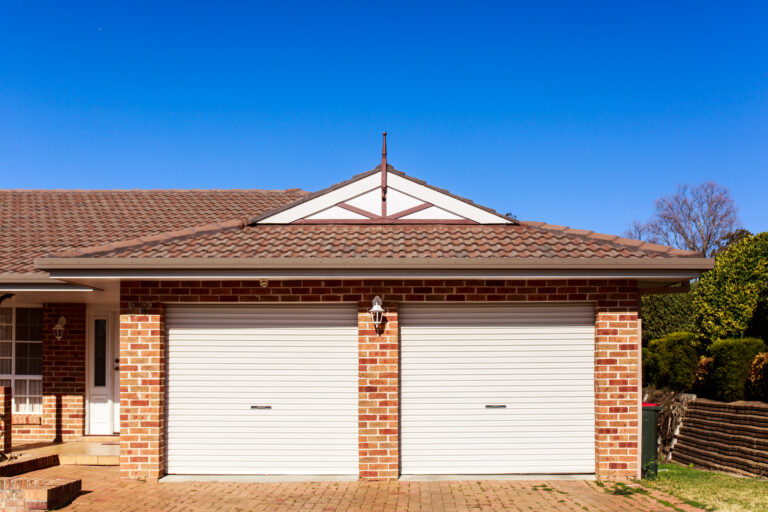Choosing the right paint for your kitchen is important. Kitchens are busy spaces with plenty of spills, splatters, and steam, so the paint needs to be durable, easy to clean, and capable of maintaining its appearance over time. The goal is to find a paint that can withstand these challenges while still looking good.
Key Takeaways
- Choose durable finishes for your kitchen that can withstand moisture and frequent cleaning.
- Avoid using finishes that are difficult to clean or prone to showing wear in high-traffic areas.
- For cabinets, select paints that offer a smooth, long-lasting finish to handle daily use.
- Protect your paint job by applying a top coat to enhance durability and prevent imperfections.
- Test paint colors in your kitchen’s lighting to ensure they complement your space.
- Invest in high-quality paint to keep your kitchen looking fresh and well-maintained over time.
What Type of Paint is Best for Kitchens?
Not all paint is the same, especially when it comes to kitchens. The environment demands a paint that can handle moisture, heat, and frequent cleaning without fading or deteriorating.
Oil-Based Paint
Oil-based paints are known for their durability and smooth finish. They offer strong resistance to moisture, making them a reliable choice for kitchen areas. However, they take longer to dry and have a more noticeable odor during application.
Water-Based Paint
Water-based paints, such as latex, are popular because they dry quickly and are easier to clean up. They also contain fewer volatile organic compounds (VOCs), which is better for indoor air quality. For kitchen walls, high-quality water-based paint is typically sufficient.
Latex Paint
Latex paint, a type of water-based paint, is especially easy to work with. It applies smoothly, dries quickly, and withstands regular cleaning. For most kitchen walls and ceilings, latex paint in a satin or semi-gloss finish is an excellent choice.
Understanding Paint Finishes
Choosing the right finish is as important as selecting the type of paint. The finish affects both the appearance and the functionality of the painted surface.
Matte Paint
Matte finishes are not usually recommended for kitchens because they are more challenging to clean and can show stains easily. However, they may work for ceilings or low-traffic areas where durability is less of a concern.
Satin Finish
A satin finish offers a slight sheen that reflects light subtly. It is easier to clean than matte finishes and is well-suited for kitchen walls, where occasional wiping is necessary.
Semi-Gloss Finish
Semi-gloss is a preferred finish for kitchens. It provides enough shine to repel moisture and withstand cleaning, making it ideal for areas like behind the stove or sink.
High-Gloss Paint
High-gloss finishes are the most durable and easy to clean, but they highlight imperfections on the surface. This finish is best for kitchen cabinets and trim, where a sleek, polished look is desired.
Best Paint Colors for Kitchen Walls and Cabinets
The color of your kitchen paint can significantly impact the feel of the space. It’s essential to choose colors that complement the other elements in your kitchen, such as cabinets, countertops, and appliances.
Popular Color Trends
White and off-white remain popular choices for kitchens due to their clean and timeless appeal. These shades can make a small kitchen feel larger and more open. Gray and blue tones are also in trend, offering a modern look that pairs well with stainless steel appliances. For advice on the latest paint trends, OnDemand Painters can provide expert guidance to help you choose the perfect color for your kitchen.
Choosing Complementary Colors
When selecting a color, consider how it will interact with your existing kitchen elements. Dark cabinets pair well with lighter walls for contrast, while light cabinets can benefit from bolder wall colors to add depth.
How to Achieve a Professional Finish
A professional-looking finish is achievable with the right approach and tools. Proper preparation and application techniques are key to ensuring a long-lasting and attractive result.
Priming
Using a good primer is essential, especially when covering dark colors or switching from oil-based to water-based paint. Primer helps the paint adhere better and creates a smoother finish.
Multiple Coats
Applying at least two coats of paint is recommended to ensure even coverage and enhance durability. This approach helps the paint withstand the demands of a kitchen environment.
Tools Matter
Using high-quality brushes or rollers can make a significant difference in the outcome. For cabinets, a paint sprayer can achieve a smooth, even finish that is difficult to replicate with a brush.
Durability and Maintenance
In a kitchen, durability is key. The paint needs to handle the daily wear and tear of cooking, cleaning, and general use. The right choice will make maintenance easier and keep your kitchen looking fresh.
High-Gloss and Semi-Gloss Finish Paints
High-gloss and semi-gloss paints are ideal for kitchens because they are resistant to moisture and stains. Their smooth surfaces make it easy to wipe away grease, splatters, and other messes, ensuring that your kitchen walls and cabinets remain clean with minimal effort.
Moisture-Resistant and Stain-Resistant Properties
Kitchens are naturally humid, especially near sinks and stoves. Moisture-resistant paints help prevent peeling, bubbling, and mildew, which can be common issues in these areas. Stain-resistant paints are another great option, as they allow for easy cleaning without the worry of discoloration over time.
Heavy Washing
In high-traffic areas like the kitchen, heavy washing is sometimes necessary. Opting for a paint that can withstand frequent scrubbing without losing its finish is essential. High-gloss paints, in particular, are known for their resilience under repeated cleaning.
Choosing the Right Paint for Your Kitchen Cabinets
Cabinets are a significant focal point in the kitchen, and the right paint can make them stand out or blend seamlessly with the rest of the decor. The type of paint you choose for your cabinets can impact both their appearance and longevity.
Oil-Based vs. Water-Based Paints for Cabinets
Oil-based paints offer a hard, durable finish that’s excellent for kitchen cabinets. They are less likely to chip or scratch and provide a smooth, professional finish. However, they do require more drying time and have a stronger odor during application.
Water-based paints, including latex, are easier to work with and have a quicker drying time. They are also low in VOCs, making them a safer option for indoor use. While they may not be as hard as oil-based paints, advances in technology have made them more durable than ever, making them a viable option for cabinets.
Top Coat for Durability
Regardless of the type of paint you choose, applying a top coat can enhance the durability of your cabinets. A clear polyurethane or a water-based top coat adds a protective layer that helps prevent chips, scratches, and wear from daily use. This extra step ensures that your cabinets will look great and last longer.
Common Mistakes to Avoid
Painting a kitchen involves more than just picking a color and rolling on a coat of paint. There are several common mistakes that can undermine your efforts.
- Brush Strokes and Uneven Application
One of the most common issues is visible brush strokes or uneven application. This can happen if you use a low-quality brush or if the paint isn’t applied evenly. To avoid this, use high-quality brushes or rollers, and apply the paint in thin, even coats. If you’re painting cabinets, consider using a paint sprayer for a smoother finish. - Poor Color Choices
Choosing the wrong color can make your kitchen feel either too dark or too stark. It’s important to test paint samples in different lighting conditions before making a final decision. Natural light, as well as artificial lighting, can greatly affect how a color appears in your kitchen. - Not Priming or Skipping the Top Coat
Skipping primer or the top coat is another mistake that can lead to poor results. Primer ensures the paint adheres properly, especially on cabinets or previously painted surfaces. A top coat adds an extra layer of protection that can make your paint job last longer and look better. - Scuff Marks and Long-Term Wear
Even the best paint job can show signs of wear if not maintained properly. To prevent scuff marks and other damage, use durable paints and finishes designed for high-traffic areas. Regular cleaning and touch-ups can help keep your kitchen looking its best.
Conclusion
Selecting the best paint for your kitchen involves more than just picking a color you like. It’s about choosing the right type of paint, finish, and application techniques that will stand up to the demands of a kitchen environment. By avoiding common mistakes and focusing on durability and ease of maintenance, you can create a kitchen that not only looks great but also lasts for years. A little extra effort in the planning and preparation stages will pay off with a finish that stays fresh and appealing, no matter how busy your kitchen gets.
FAQs
What is the best paint color for kitchen cabinet doors?
The best paint color depends on your kitchen’s overall design, but neutral shades like white, gray, or soft blues are popular choices for a timeless look.
Should I use a semi-gloss or satin paint finish in my kitchen?
Semi-gloss is generally preferred for kitchens due to its higher durability and easier cleaning, especially in high-traffic areas.
Is matte paint finish a good option for kitchen walls or cabinets?
Matte paint finishes are less suitable for kitchens because they are harder to clean and may not stand up well to moisture and stains. For cabinet paint, it’s better to choose a finish that offers more durability and ease of cleaning.
How do I avoid visible brush marks when painting cabinets?
To avoid visible brush marks, use high-quality brushes or consider using a paint sprayer for a smoother application.
What’s the difference between eggshell paint finish and flat paint?
Eggshell paint finish has a slight sheen that makes it easier to clean than flat paint, making it a better option for kitchens. For even more durability and moisture resistance, consider using a semi-gloss paint finish.
Is oil-based paint the best choice for kitchen cabinets?
Oil-based paint is often considered the best for kitchen cabinets due to its durability and smooth finish, though it requires more drying time.
What is the best cabinet paint for a long-lasting finish?
The best cabinet paint is typically a high-quality, durable option like oil-based or acrylic latex paint, which offers a smooth finish and strong resistance to chipping and wear.

